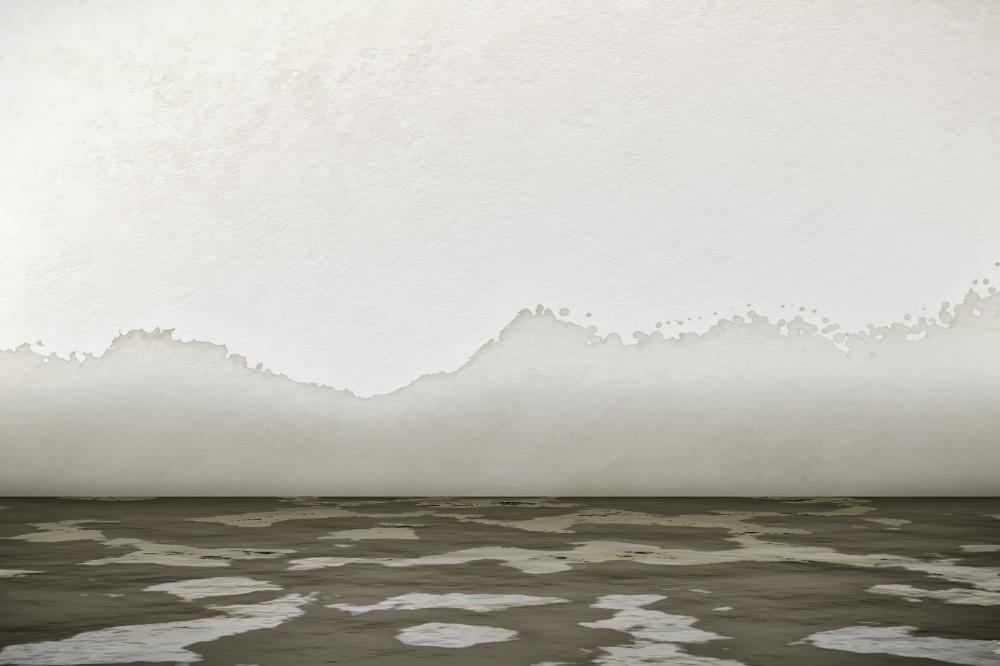What're your concepts on How to Repair and Prevent Bathroom Water Damage??

Water damage usually happens in the shower room as a result of the water utilized day-to-day. Sometimes, the damages could be a little mold and mildew from the shower. Other times, it's large damage on your floor. Whatever it is, it is constantly good to understand the reason and avoid it prior to it happens.
This guide will certainly go through a few of the usual causes of water damage in the restroom. We will certainly additionally examine what you can do to avoid these reasons from harming your restroom. Allow's dive in.
These are the usual reasons you would have water damage in your shower rooms as well as exactly how you can detect them:
Excess Moisture
It's amazing to have that lengthy shower and also splash water while you dance around as well as imitate you're executing, but in some cases these acts might create water damage to your bathroom.
Splashing water around can trigger water to visit edges and also create molds. View exactly how you spread out excess dampness around, and also when you do it, clean it up to prevent damage.
Cracks in your wall ceramic tiles
Shower room wall surface floor tiles have actually been particularly designed for that purpose. They safeguard the wall from wetness from individuals taking showers. Nevertheless, they are not undestroyable.
Occasionally, your washroom wall surface floor tiles split and also permit some moisture to seep into the wall surface. This could possibly damage the wall surface if you do not take any kind of activity. If you see a split on your wall surface floor tiles, repair it quickly. Do not wait until it destroys your wall.
Overflowing toilets and also sinks
As human beings, occasionally we make blunders that can trigger some water damage in the shower room. For instance, leaving your sink tap on could cause overruning and also damages to various other parts of the restroom with wetness.
Also, a faulty toilet can create overruning. For instance, a broken toilet handle or various other parts of the tank. When this occurs, it could harm the flooring.
As quickly as you discover an overflowing sink or commode, call a plumbing professional to assist handle it instantly.
Burst or Dripping Pipelines
There are several pipelines carrying water to various parts of your washroom. Some pipes take water to the toilet, the sink, the faucets, the shower, as well as numerous other areas. They crisscross the little area of the washroom.
Every now and then, these pipes could obtain rusty and also ruptured. Other times, human activity could create them to leak. When this happens, you'll locate water in the corners of your washroom or on the wall surface.
To find this, keep an eye out for gurgling walls, mold and mildews, or mildew. Call a specialist emergency plumber to repair this when it happens.
Roof covering Leaks
Occasionally, the issue of water damage to the bathroom could not come from the washroom. For instance, a roof leak can trigger damages to the restroom ceiling. You can spot the damages done by looking at the water spots on the ceiling.
If you locate water spots on your ceiling, examine the roofing system to see if it's harmed. Then, call a specialist to help fix the issue.
Final thought
Water damage to your washroom can be irritating. Nonetheless, you can manage it if you avoid several of the reasons discussed in this overview. Call a specialist emergency plumbing technician if you see any serious damages.
How to Prevent Water Damage in Your Bathroom?
Water damage repair is an expensive, meticulous, and lengthy process. Unfortunately, bathrooms are the most susceptible rooms to water damage due to toilets, showers, and sinks. Pipes and fixtures wear out over time and are not immune to damage. But all is not lost, as there are ways to prevent water damage from occurring in your bathroom.
Check Your Plumbing
Nothing lasts forever, especially pipes, which can rust and begin leaking over time. You should periodically conduct pipe inspections and pay attention for any musty smells or water stains that may indicate you need water damage repair. Here are some things to check:
Frequently test valves for your toilet, shower, and sink to ensure they are properly working. Check faucet supply lines hidden under vanities and replace when needed. Replace cracked or deteriorating caulking along sinks, tubs, and showers. If you notice a clog in your sink, call in a professional. Since you can’t check the pipes in the wall, keep an eye out for stains, drywall bubbling, musty smells, and excess moisture; if the bathroom is on a second level, check the ceiling of the room directly below for these signs. Don’t Overwork Your Toilet
One of the most common reasons bathrooms need water damage repair is due to overflowing toilets. Save yourself the hassle of cleanup by being mindful and not pushing your toilet to extreme limits. If you have young children, it is especially important to keep an eye on them when they are in the bathroom and to teach them how to avoid clogging the toilet. Here are some more tips to help prevent your toilet from overflowing:
If you have a septic tank, only use septic-safe toilet paper Do not flush anything down the toilet besides toilet paper; items like diapers and sanitary napkins will clog the piping Pay attention to your toilet’s water level: If it’s low, it could mean it is partially clogged or that there is a crack in the toilet bowl https://www.alure.com/home-improvements-blog/resources/how-to-prevent-water-damage-in-your-bathroom

We hope you enjoyed our post on How to Repair and Prevent Bathroom Water Damage?. Thanks a lot for finding the time to browse our blog. Liked our piece of writing? Please share it. Help another person check it out. Kudos for your time. Kindly check up our website back soon.
Learn More